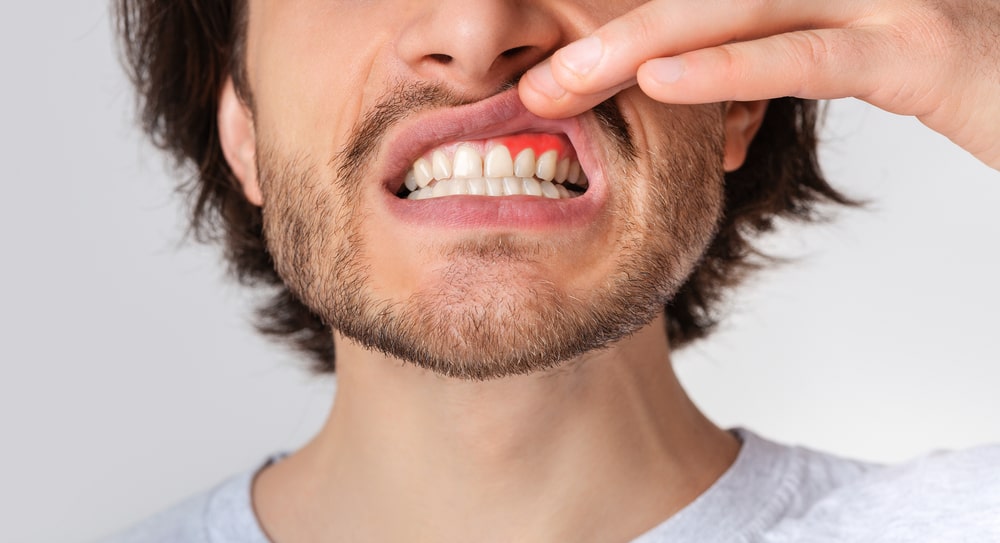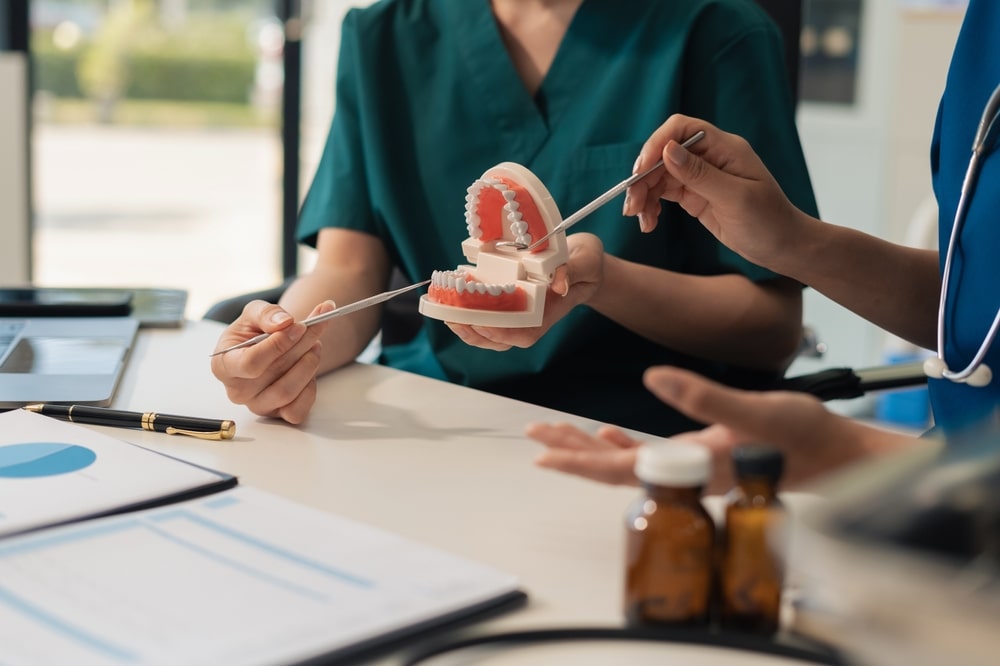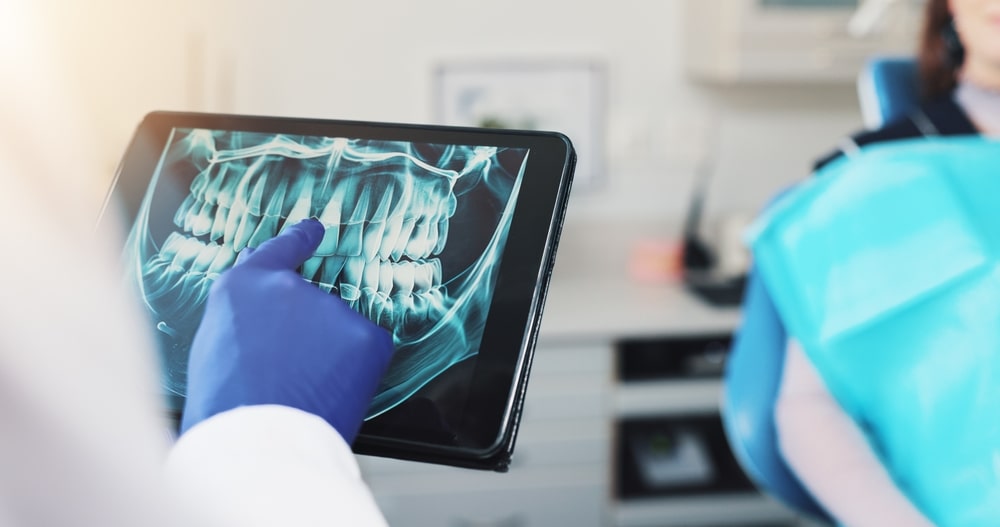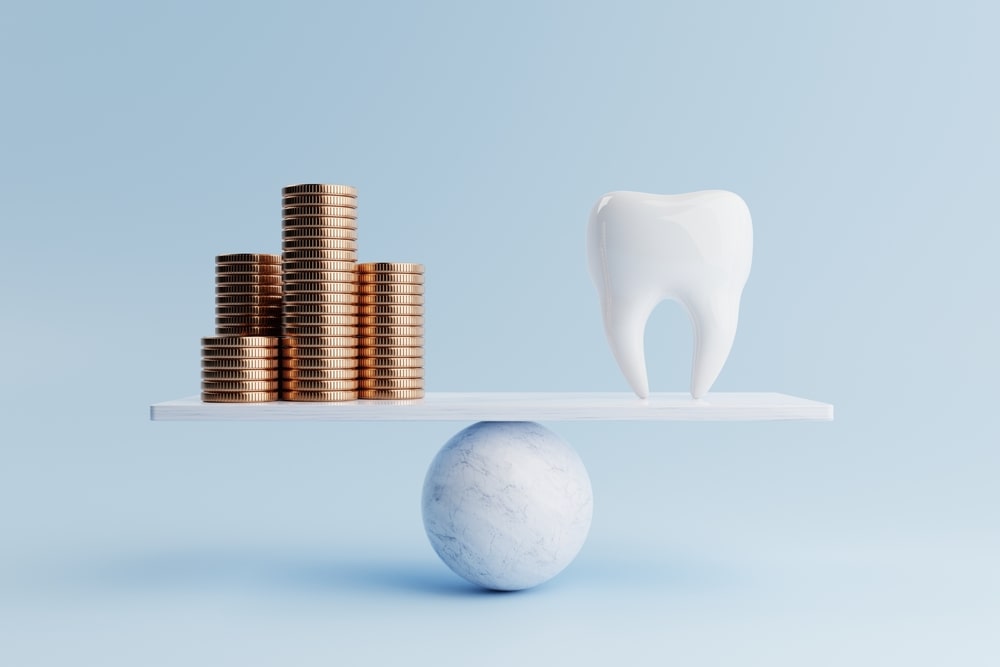Think your dental health is just about keeping your teeth white and cavities at bay? Think again. For many young adults, the silent threat of early gum disease, known as gingivitis, is already at play, often without them even realizing it. You might dismiss a little bleeding when you brush as “normal,” or think bad breath is just a sign you need another mint. But what if these seemingly minor issues are actually early warnings your body is sending? At Smile Makers Dental Care, we understand that busy young adult life comes with its own set of challenges—from academic stress to new social habits. That’s why we’re here to shine a light on why your gums matter now, helping you understand the early signs, common causes, and straightforward steps you can take to keep your smile healthy for years to come.
Because just like your overall health, the health of your gums has a bigger impact than you might think.
The Truth About Your Gums: What is Early Gum Disease (Gingivitis)?
Let’s start with the basics. Gingivitis is the earliest, mildest form of gum (periodontal) disease. In simple terms, it’s an inflammation of your gums, usually caused by plaque buildup. Plaque is that sticky, colorless film of bacteria that constantly forms on your teeth.
If you don’t remove it regularly through brushing and flossing, it releases toxins that irritate your gum tissue, leading to inflammation.
The good news? Gingivitis is completely reversible if caught and treated early. The not-so-good news?
If left unchecked, it can progress into a more severe form of gum disease called periodontitis, which can lead to tooth loss and even impact your overall health.
Myth vs. Fact: Separating Gum Health Lore from Reality
Many young adults hold onto misconceptions about gum health, which can delay vital action. Let’s set the record straight:
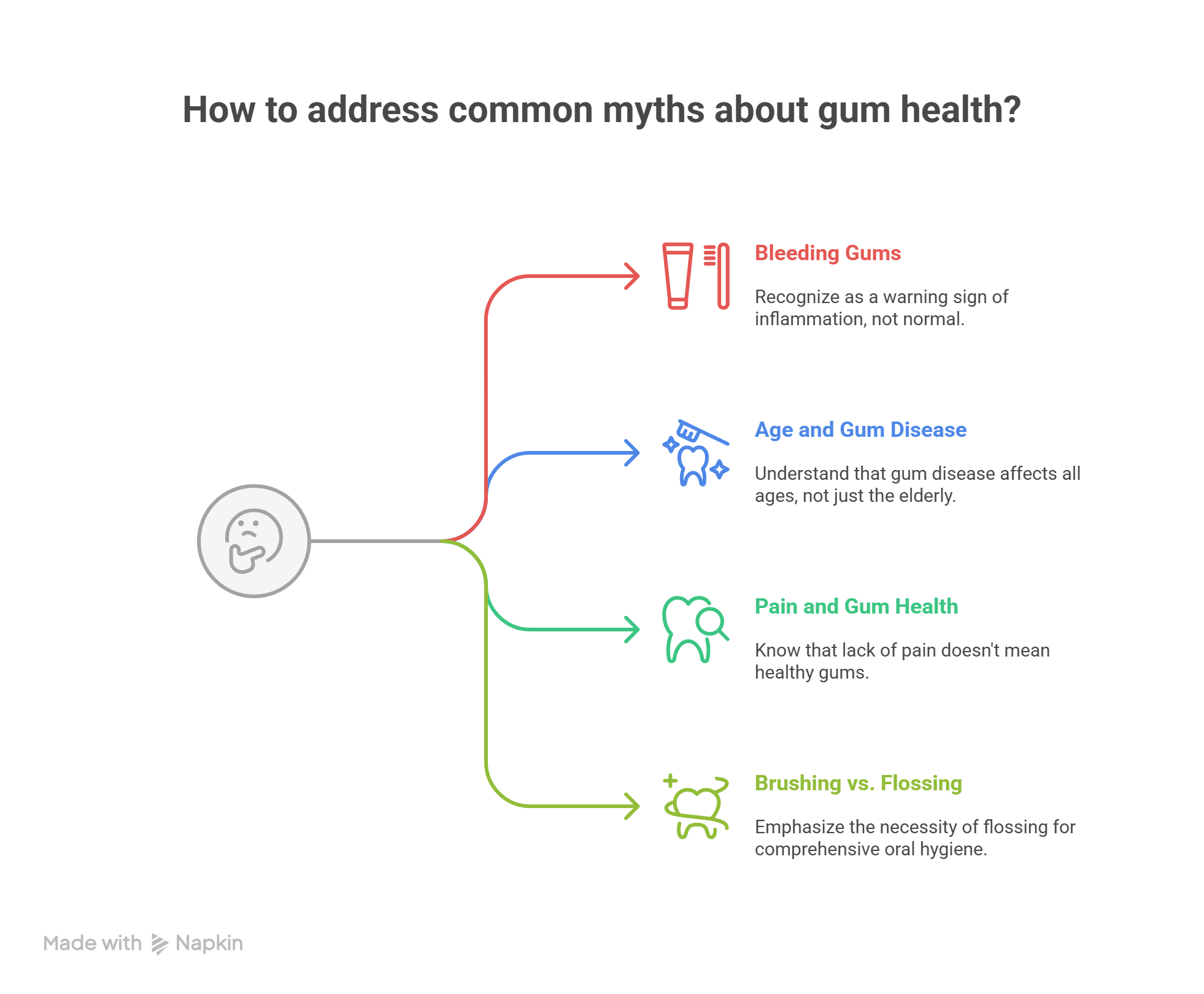
- Myth: “Bleeding gums are normal, especially if I brush hard.”
- Fact: Bleeding gums are NEVER normal. As the Mayo Clinic emphasizes, they are a primary sign of gum inflammation. Healthy gums don’t bleed when you brush or floss correctly. If yours do, it’s a signal to pay attention.
- Myth: “Gum disease only affects older people.”
- Fact: While more common in older adults, gingivitis is prevalent in young adults too, often due to lifestyle factors, hormonal changes, and inconsistent oral hygiene. You’re not immune!
- Myth: “Gum disease is always painful.”
- Fact: Early gingivitis is often painless, which is why it’s easy to overlook. The lack of pain can be deceiving, allowing the condition to progress silently.
- Myth: “I don’t need to floss if I brush well.”
- Fact: Brushing only cleans about 60% of your tooth surfaces. Flossing reaches between your teeth and under the gumline where plaque loves to hide, preventing gingivitis in those critical areas.
Spotting the Silent Signs: Are Your Gums Trying to Tell You Something?
Since gingivitis often doesn’t cause pain in its early stages, knowing what to look for is your best defense.
Think of your gums as the foundation for your teeth; if the foundation is compromised, the whole structure is at risk.
Healthy vs. Unhealthy Gums: A Visual Guide
Take a moment to look in the mirror. What do your gums look like?
Healthy Gums:
- Are firm and pale pink.
- Fit snugly around your teeth.
- Don’t bleed when you brush or floss.
Unhealthy Gums (Signs of Gingivitis):
- Red, Puffy, or Swollen Gums: They might look darker red or purplish instead of pink.
- Bleeding Gums: This is often the first and most noticeable sign. Even a small amount of blood after brushing or flossing is a warning.
- Tender Gums: They might feel sore or sensitive to the touch, or when you eat.
- Bad Breath (Halitosis): Persistent bad breath that doesn’t go away, even after brushing, can be caused by the bacteria accumulating in plaque.
- Receding Gums: Your teeth might start to look longer as the gum tissue pulls away, exposing more of the tooth root.
Beyond Bleeding: Other Red Flags to Watch For
While bleeding is a big indicator, keep an eye out for these additional symptoms:
- Changes in your bite: If your teeth feel like they shift or don’t fit together as they used to.
- New spaces developing between your teeth: This can be a sign of bone loss.
- Pus between your teeth and gums: A clear sign of infection.
- Loose teeth: A more advanced sign, indicating significant damage.
If you notice any of these signs, don’t wait. Early detection is key to successful reversal!
The Culprits: Why Young Adults Are Especially Vulnerable to Gingivitis
While plaque is the primary cause, certain factors make young adults particularly susceptible to gingivitis. Understanding these can help you better manage your risk.
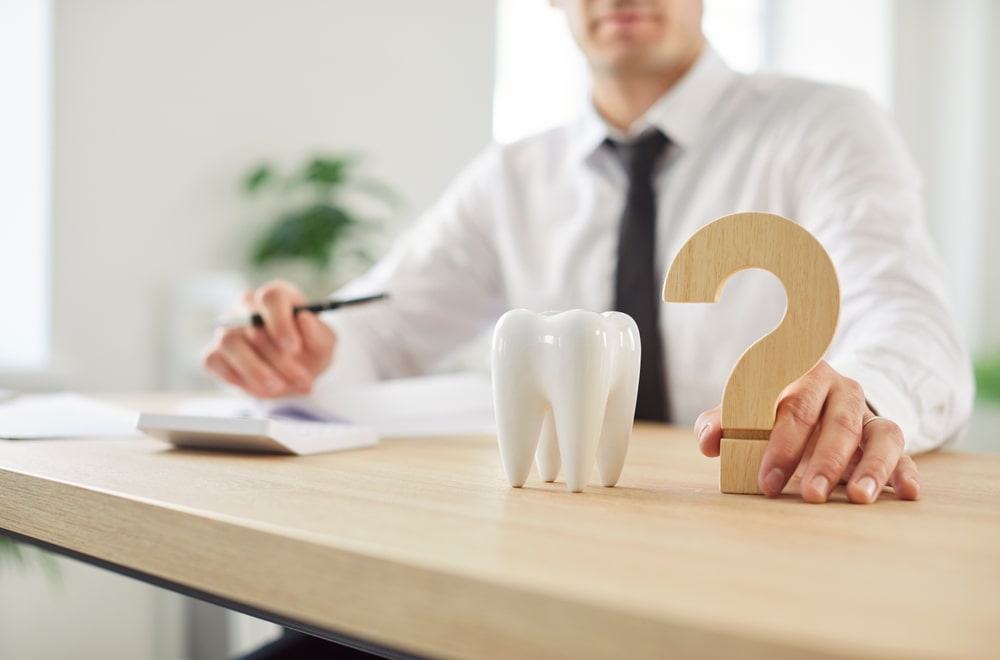
Unpacking Young Adult Risk Factors
- Inconsistent Oral Hygiene: Busy schedules, late nights, and sometimes a lack of prioritization can lead to missed brushings or neglecting flossing. Plaque needs to be removed daily, or it hardens into tartar (calculus), which only a dental professional can remove.
- Dietary Choices: Many young adults consume more sugary drinks, energy drinks, and processed snacks. These foods and beverages create an acidic environment in your mouth, feeding the bacteria that cause plaque and gingivitis.
- Smoking and Vaping: These habits are incredibly detrimental to gum health. They reduce blood flow to the gums, making them more vulnerable to infection and hindering their ability to heal. Studies show that vaping can significantly increase inflammation and bacterial load in the mouth.
- Hormonal Changes: Puberty, menstrual cycles, pregnancy, and even certain contraceptives can cause hormonal fluctuations that make gums more sensitive and prone to inflammation, known as “hormonal gingivitis.”
- Stress: High stress levels, common during academic demands or career beginnings, can weaken your immune system, making it harder for your body to fight off bacterial infections, including those in your gums.
- Braces, Retainers, and Other Orthodontics: While essential for straightening teeth, these appliances can create more areas for food particles and plaque to get trapped, making thorough cleaning more challenging.
- Certain Medications: Some medications, including those for allergies or depression, can cause dry mouth, reducing the protective saliva flow that helps wash away bacteria.
The Domino Effect: What Happens If You Ignore Early Gum Disease?
It’s easy to think of gingivitis as just a minor inconvenience, but leaving it untreated can lead to a cascade of problems that extend far beyond your mouth.
From Gingivitis to Periodontitis: The Unseen Progression
If gingivitis isn’t addressed, the inflammation can spread and deepen, leading to periodontitis.
This is a more serious infection where plaque and tartar accumulate below the gumline, causing the gums to pull away from the teeth and form “pockets.”
These pockets become breeding grounds for bacteria, and your body’s immune response starts to break down the bone and connective tissue that hold your teeth in place.
Unlike gingivitis, periodontitis is often irreversible and can lead to:
- Tooth Loss: As the supporting bone and tissue are destroyed, teeth can loosen and eventually fall out or require extraction.
- Chronic Bad Breath: The persistent bacterial infection intensifies halitosis.
- Jaw Pain and Headaches: Inflammation can spread, contributing to discomfort in the jaw and related tension headaches.
- Systemic Health Links: The inflammation and bacteria from periodontitis don’t just stay in your mouth. Research consistently shows links between severe gum disease and other serious health conditions, including heart disease, stroke, diabetes, and even respiratory issues. This connection, highlighted by institutions like the Cleveland Clinic, underscores the importance of oral health as a part of your overall well-being.
Your Proactive Playbook: Preventing & Reversing Gingivitis
The great news is that because gingivitis is reversible, you have the power to take control and restore your gum health!
Here’s your comprehensive guide to prevention and treatment.
Mastering Your Oral Hygiene Routine
This is your first and most powerful line of defense. Consistency and correct technique are key.
- Brush Twice Daily, Every Day: Use a soft-bristled toothbrush and fluoride toothpaste. Brush for at least two minutes, covering all surfaces of your teeth and gently massaging your gumline. Angle the brush at 45 degrees towards the gumline. Harvard Health recommends brushing in a well-lit mirror and pulling back your lips to ensure you reach all areas.
- Floss Daily: This is non-negotiable! Flossing removes plaque and food particles from between your teeth and under the gumline where your toothbrush can’t reach. If traditional floss is tricky, consider using dental picks or a water flosser.
- Consider Therapeutic Mouthwash: An antiseptic mouthwash recommended by your dentist can help reduce plaque and gingivitis. However, mouthwash is a supplement, not a replacement, for brushing and flossing.
- Tongue Cleaning: Don’t forget your tongue! Bacteria on your tongue can contribute to bad breath.
Lifestyle Tweaks for Healthier Gums
Beyond brushing and flossing, your daily habits play a significant role.
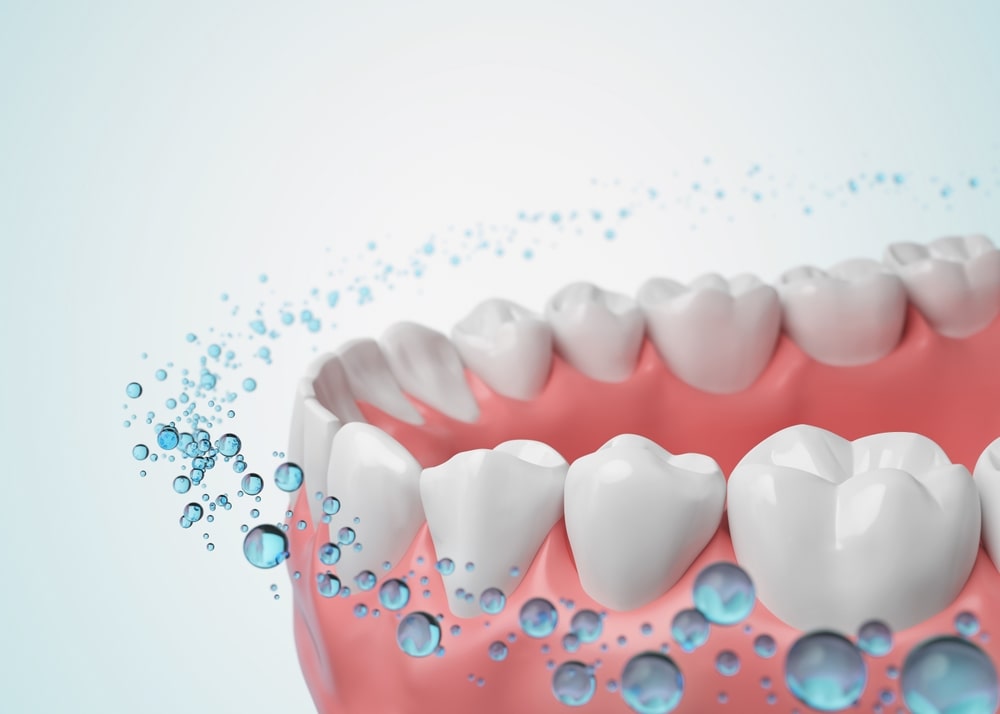
- Nourish Your Body (and Gums!): Reduce your intake of sugary foods and drinks. Opt for a balanced diet rich in fruits, vegetables, and whole grains. Foods high in Vitamin C (like oranges, strawberries, bell peppers) and Vitamin D (fatty fish, fortified milk) are particularly beneficial for gum health and immune function.
- Manage Stress: Find healthy ways to cope with stress, whether it’s exercise, meditation, or spending time with friends. Your mental well-being directly impacts your physical health, including your gums.
- Hydrate Often: Drinking plenty of water helps rinse away food particles and bacteria, especially if you experience dry mouth.
The Vaping Connection: What You Need to Know
For young adults, vaping has emerged as a significant risk factor for gum disease.
Beyond the general effects of nicotine (which restricts blood flow), the chemicals in e-liquids can irritate gum tissue, leading to inflammation and increasing susceptibility to infection.
If you vape, considering quitting is one of the most impactful steps you can take for your oral and overall health.
The Power of Professional Care: Why Dental Visits Matter
Even with the best at-home care, professional help is essential.
- Regular Dental Check-ups and Cleanings: Schedule routine appointments at Smile Makers Dental Care. Dr. Seema Shetty and our team can spot early signs of gingivitis that you might miss. Regular cleanings (scaling) remove plaque and hardened tartar that daily brushing and flossing cannot. This is crucial for reversing gingivitis and preventing its progression.
- What to Expect During a Cleaning for Gingivitis: Your dental hygienist will meticulously remove plaque and tartar from above and below your gumline. They’ll also polish your teeth and often provide personalized advice on improving your home care routine.
- When to See a Periodontist: If your gingivitis is advanced or not responding to initial treatment, your dentist might recommend seeing a periodontist—a gum disease specialist.
Remember, your regular dental appointments are not just about fixing problems; they’re about preventing them.
For more details on the importance of these visits, explore our page on the benefits of regular dental checkups.
Frequently Asked Questions (FAQ) About Early Gum Disease
Got more questions? You’re not alone! Here are answers to some common curiosities young adults have about gingivitis.
Q: How quickly can gingivitis develop in young adults?
A: Gingivitis can develop surprisingly quickly, sometimes within days or weeks of neglecting oral hygiene. If plaque isn’t removed daily, it hardens into tartar within 24-72 hours, significantly increasing the risk.
Q: Can gingivitis cause jaw pain or headaches?
A: While gingivitis itself primarily affects the gums, the inflammation and bacterial infection can contribute to broader oral health issues. Severe, untreated gum disease (periodontitis) can lead to jaw bone loss and inflammation that could indirectly cause discomfort, including jaw pain or headaches, due to tension or referred pain. It’s a sign that underlying inflammation is present.
Q: Are there specific dietary recommendations beyond ‘eat healthy’ for gum health?
A: Yes! Beyond reducing sugar, focus on foods rich in antioxidants and anti-inflammatory properties. These include leafy greens, berries, nuts, and green tea. Omega-3 fatty acids (found in fish) can also help reduce inflammation. And don’t forget calcium for strong bones, including those supporting your teeth!
Q: What happens if I have braces and gingivitis?
A: Having braces makes you more prone to gingivitis because food and plaque can get trapped more easily around the brackets and wires. It’s crucial to be extra diligent with brushing and flossing. Your orthodontist or dentist can recommend special tools like interdental brushes or water flossers to help clean around your braces effectively.
Q: How does hormonal birth control impact gum health?
A: Hormonal contraceptives can cause fluctuations in hormone levels (estrogen and progesterone), which may increase blood flow to the gums, making them more sensitive and reactive to plaque. This can lead to increased gum inflammation, swelling, and bleeding, even with good oral hygiene. Mention your medication to your dentist so they can tailor your care.
Q: How can I talk to my friends/family about their gum health if I notice signs?
A: Approaching this topic can be delicate. Instead of directly diagnosing, you could share general information you’ve learned, like “I just read that bleeding gums aren’t normal, and it really made me think about my own dental health. Maybe we should both book a check-up?” Or, simply share educational resources like this article. Leading by example with your own excellent oral hygiene can also be influential.
Take Control: Your Next Steps to a Healthier Smile
Your oral health is an integral part of your overall well-being, and catching gingivitis early is a powerful step towards a lifetime of healthy smiles.
You are now equipped with the knowledge to recognize the signs, understand the causes, and implement effective strategies.
Don’t let embarrassment or fear hold you back. At Smile Makers Dental Care, we prioritize your comfort and offer personalized, gentle care to help you achieve and maintain optimal oral health.
Dr. Seema Shetty and our team are here to guide you, answer your questions, and provide the professional cleaning and advice you need.
Your Personalized Gum Health Checklist (Downloadable)
Ready to put this knowledge into action?
- Schedule your next dental check-up and cleaning at Smile Makers Dental Care, especially if you haven’t been in a while or notice any of the signs of gingivitis.
- Commit to brushing twice daily for two minutes with a soft-bristled brush.
- Floss daily to clean between your teeth and below the gumline.
- Evaluate your lifestyle: Can you reduce sugary drinks, manage stress, or address smoking/vaping habits?
- Stay informed! Continue learning about all aspects of dental health, from understanding dental implants to exploring cosmetic dentistry options if you’re interested in enhancing your smile’s aesthetics.
Remember, gingivitis is reversible, and you have the power to make a difference in your oral health today.
A little attention now can prevent bigger problems down the road, ensuring your gums and smile stay vibrant for years to come!

